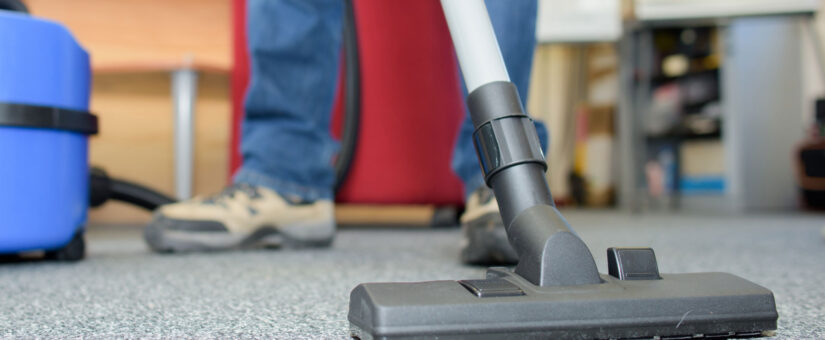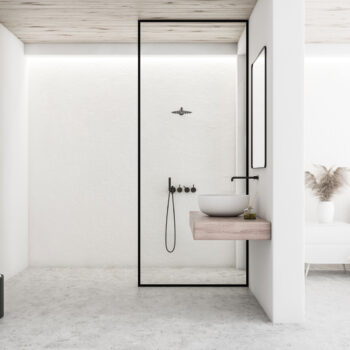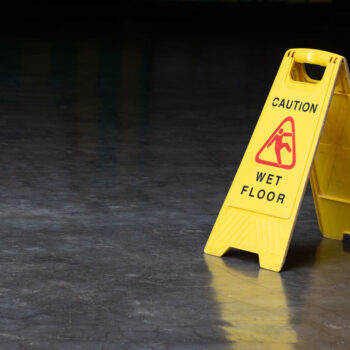
Advantages and Disadvantages with Textured Coatings
Textured epoxy coatings are essential where traction is required. Typical locations for textured coatings include:
- Outdoor spaces surrounding loading docks, where people and equipment go from dry to wet conditions during rain and snow
- Ramps and sloped floors in schools, hospitals, and commercial spaces.
- Pool decks and shower areas in spas and health clubs.
Whenever slipping and sliding is a hazard — just imagine a forklift sliding right off your loading dock — textured epoxy coatings are an ideal solution. There is a specific disadvantage, however, to the use of texture granules to create non-slip epoxy surfaces. For a floor to be non-slip, it either needs to be rough or sticky. Both qualities require a different touch when it comes to maintenance.
Textured Floors Means No Mops
While the granules and stickiness can certainly be “turned down” a notch, so that the roughness or stickiness is exactly the amount required, it’s still a fact that mops and anti-slip coatings seldom go together. Mops are a bunch of fibers at the end of a pole. Push those around a rough surface and fibers are sure to get left behind. That goes for the dry mops commonly used on epoxy floors too.
Brooms are better, because the stiff bristles don’t have a problem with rough surfaces, but any lint or string caught in the broom can also get caught up in the non-slip surface.
That makes vacuuming and water spraying two of the best methods of dealing with a non-slip surface. Which one is better obviously depends on the circumstances. For a space that’s not designed for water, spraying does not fit. Vacuuming works in almost all circumstances and has the added benefit of leaving little to no dust, dirt and lint behind.
If you want a non-slip surface for your epoxy flooring project, but have questions about how you can handle the maintenance, bring it up during your free consultation from California Custom Coatings.
- On March 2, 2023


